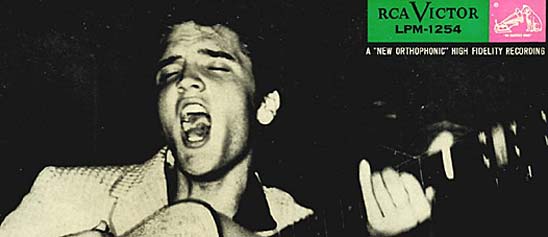Original artwork, of pages 18 and 19, for the book, Two Little Miners, written by Margaret Wise Brown with illustrations by Richard Scarry, and published by Simon & Schuster in New York, New York, in 1949. Two Little Miners is part of the Little Golden Books Civic Series.
- Description (Brief)
-
Original artwork, of pages 18 and 19, for the book, Two Little Miners, written by Margaret Wise Brown with illustrations by Richard Scarry, and published by Simon & Schuster in New York, New York, in 1949. Two Little Miners is part of the Little Golden Books Civic Series. These books introduced young children to the everyday working man, fundamental occupations and essential public service jobs such as policeman, fireman and postman.
-
Scarry's physical depiction of the two miners and some of the elements depicted in the home scenes are reminiscent of immigrants from southern Europe. According to the online resource, eWV: The West Virginia Encyclopedia, “individuals of Italian extraction constitute one of the most important ethnic groups in West Virginia’s population. Most of these Italian Americans date their connection with the state to ancestors who were recruited during the early years of the 20th century to serve the labor needs of West Virginia’s rapidly developing industrial economy. With more than 17,000 Italian immigrants in the state by 1910, they made up 30 percent of West Virginia’s foreign-born population.”
-
“The great majority of Italian immigrants were employed in the coal industry as pick-and-shovel miners. West Virginia mines were among the most mechanized in this country, but miners born in America or northern Europe generally operated the new machines and usually earned better money, while their counterparts from less favored regions did the handwork.”
-
Better known for his animal characters and the Busytown series, Richard Scarry (1919-1994) was one of the most prolific 20th-century authors and illustrators of children’s books. He attended the School of the Museum of Fine Arts in Boston until he was drafted into the army during World War II. After the war, Scarry worked as a freelance artist and contracted with Simon & Schuster to work on the Little Golden Book series. His first illustrations appeared in Two Little Miners, a 1949 story written by Margaret Wise Brown. Scarry’s most popular Little Golden Book was Best Word Book Ever, published in 1963. He published more than 500 children’s books, most depicting animals who took on human characteristics.
- Location
-
Currently not on view
- Date made
-
1949
- maker
-
Scarry, Richard
- ID Number
-
1992.0634.072.31
- accession number
-
1992.0634
- catalog number
-
1992.0634.072.31
